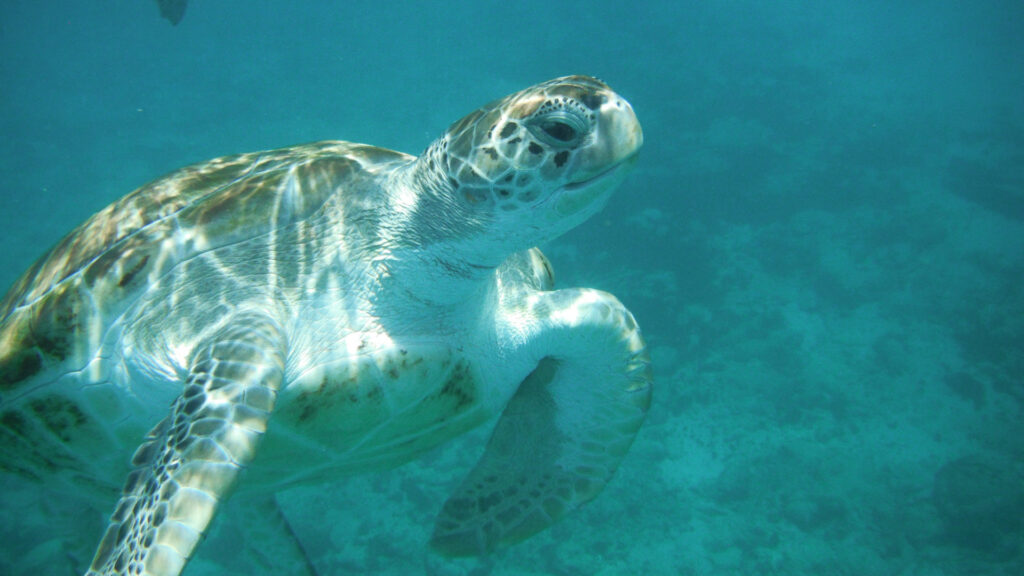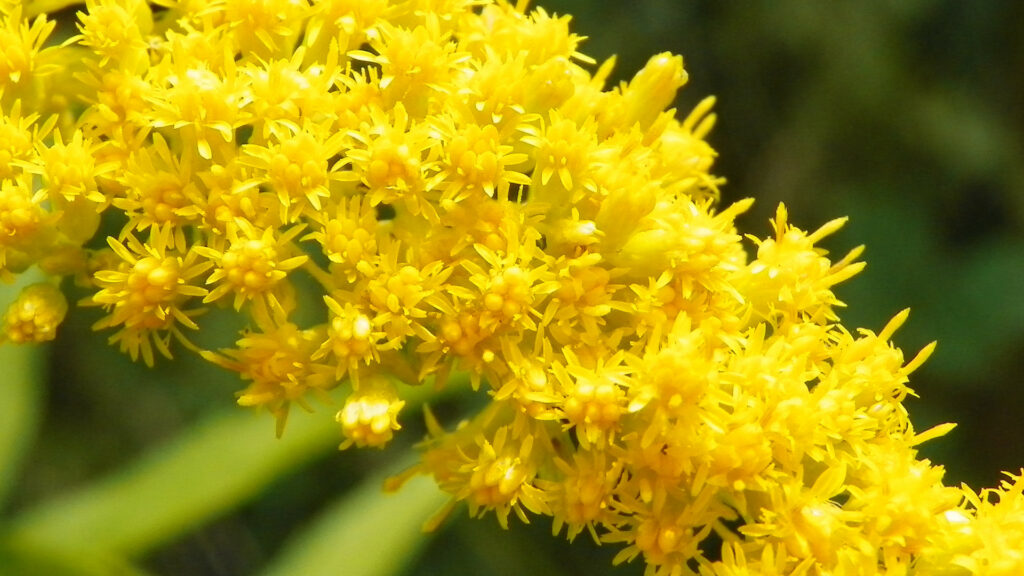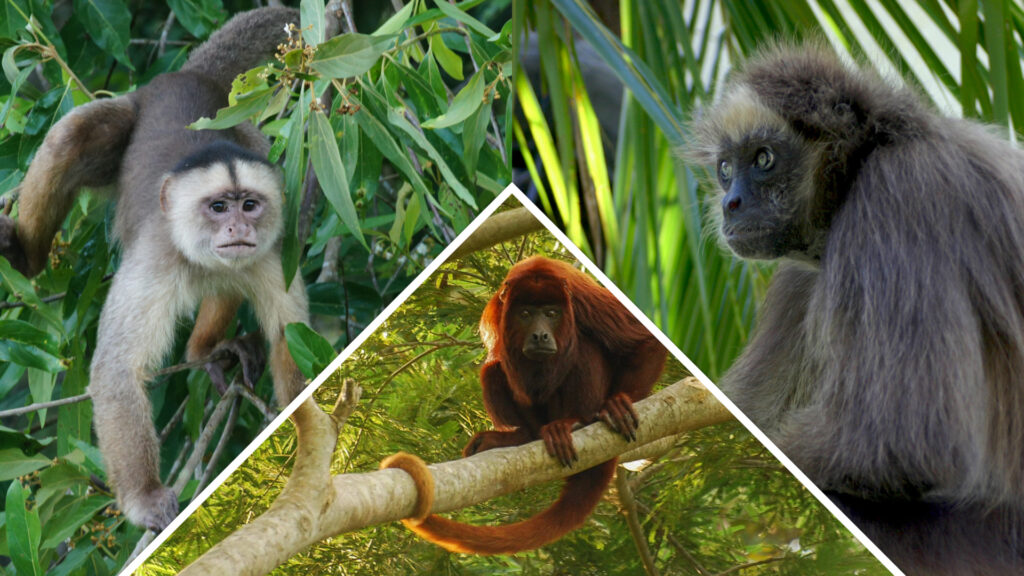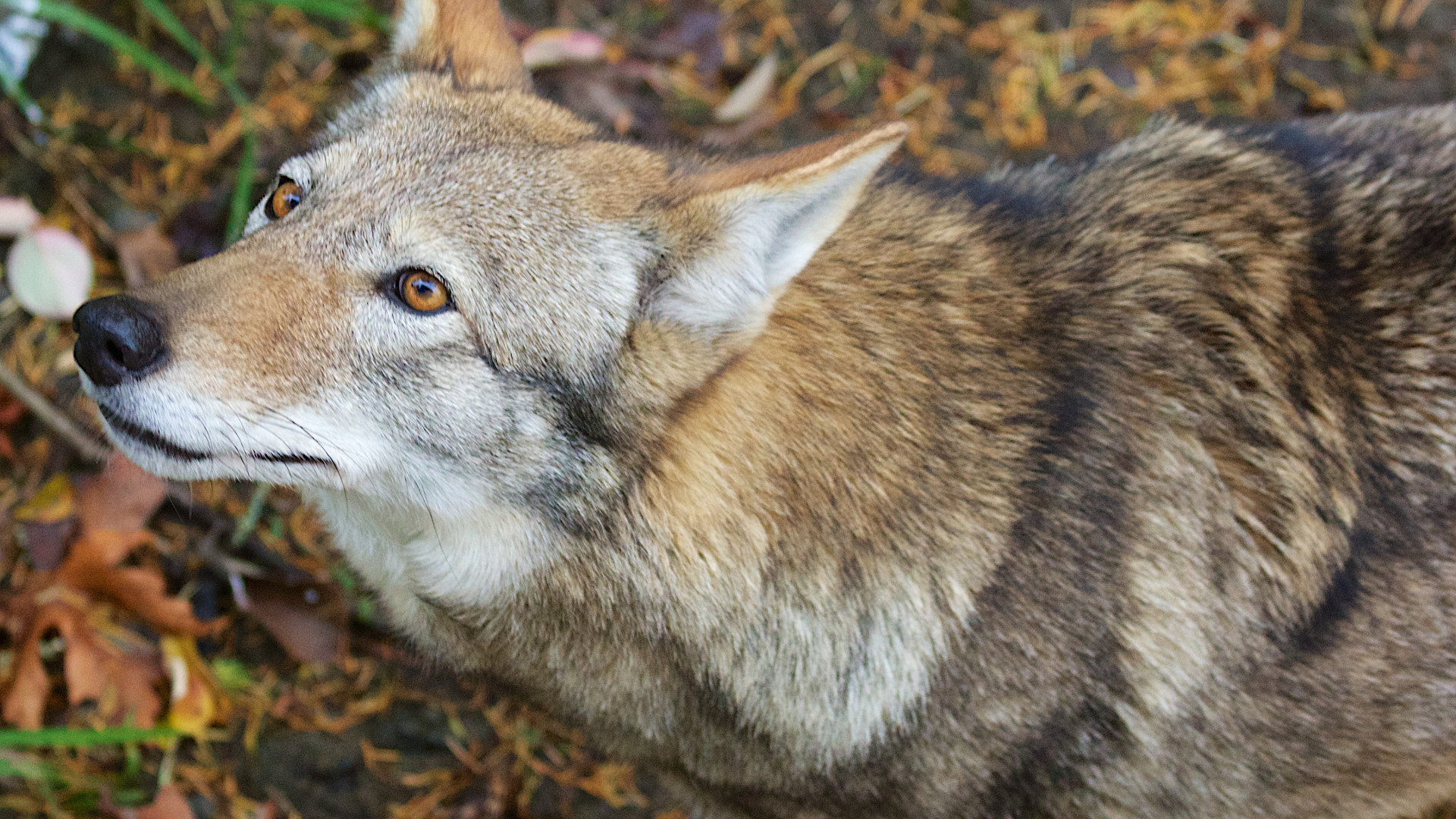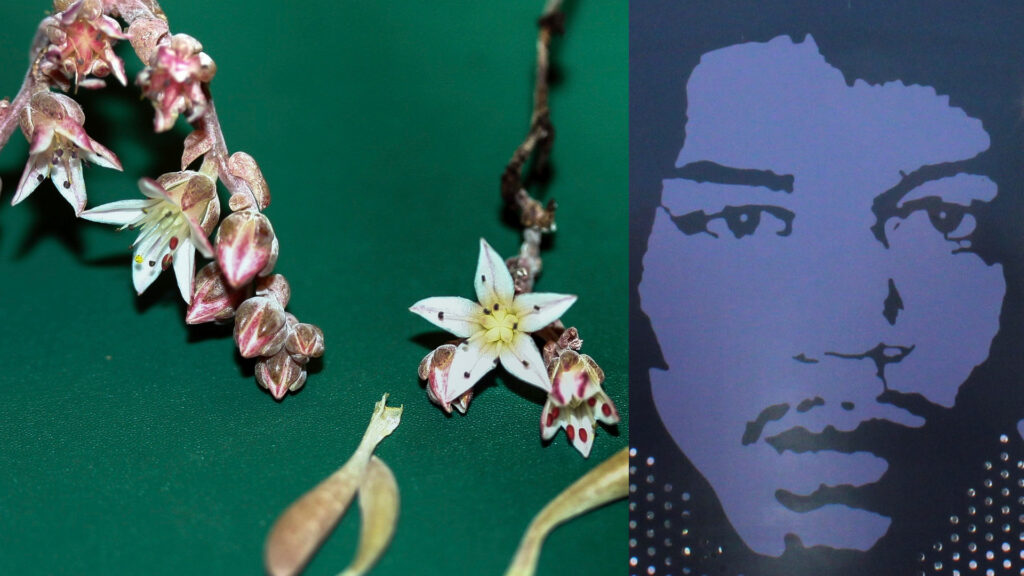
Sparrow Spared, Cactus Extinct, and More Links From the Brink
This month’s best and worst environmental stories also include a rebounding lynx, a climate lawsuit boom, and a spa for frogs.
This month’s best and worst environmental stories also include a rebounding lynx, a climate lawsuit boom, and a spa for frogs.





